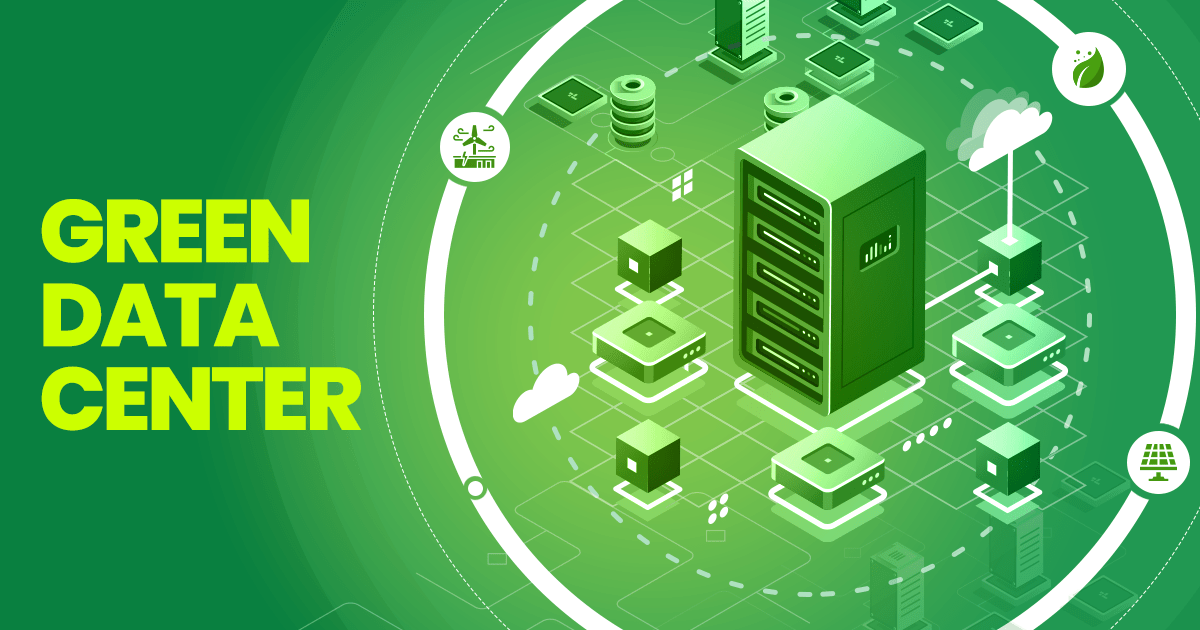Green Distributed computing: Server farm Contextual analysis
Green Distributed computing is imagined to accomplish proficient handling and use of figuring as well as to limit energy utilization. This is fundamental for guaranteeing that the future development of Distributed computing is feasible. In any case, Distributed computing with progressively unavoidable client gadgets associating with server farms will cause a gigantic heightening of energy utilization. To resolve this issue, server farm assets should be overseen in an energy-productive way to drive Green Distributed computing. The administration of force utilization in server farms has prompted various significant enhancements in energy effectiveness. Strategies, for example, ON/OFF mode on server of server farms further develop the energy productivity of Distributed computing. In this section, the creators present how to work out power utilization in Distributed computing and how power utilization in a server farm can be diminished when its capacity is utilized such that diminishes the time expected to get to it.
Energy Proficiency
Public worry about ecological maintainability and corporate stewardship has filled consistently lately. Specifically, the effect of ozone harming substance (GHG) discharges on environmental change and the job of petroleum derivative power age as the biggest wellspring of GHG outflows in the U.S. stand out. Outflows related with power utilization are much of the time a critical boundary to working on the natural profile of numerous associations on the grounds that the typical measure of CO2 transmitted per unit of power consumed is extremely high.

IT and telecom firms, many known for their moderate, game-evolving methodologies, have driven the charge in decreasing energy use and related outflows. A few of these organizations have zeroed in their endeavors on server farms, which contribute fundamentally to the organizations’ all out ecological impressions. Server farms are offices that house gear to store, make due, and circulate advanced data. They as of now make up around 1.5% of public power use in the U.S. what’s more, represent a yearly GHG effect of something like 76 million metric lots of CO2. The energy and GHG effects of server farms are supposed to beyond twofold by 2020.
A rising number of business, government, and non-benefit associations are cutting their energy use and related carbon impressions by further developing the energy proficiency of their server farms. Associations that diminish their fossil fuel byproducts by further developing effectiveness, instead of by buying RECs or carbon counterbalances, are many times seen as getting a sense of ownership with their natural effect. Google and Hurray!, two forerunners in green IT, have both moved to this proficiency centered approach, provoking numerous different associations to likewise put resources into energy productivity answers for their server farm activities.

Server farm power utilization addresses around 1.5% of complete U.S. power burden, and this offer is developing rapidly. The U.S. Natural Assurance Organization (EPA) gauges that U.S. server farm energy utilization multiplied somewhere in the range of 2000 and 2006, and it projects that utilization has since multiplied once more,” Emanations will ascend in sync with utilization, and one gauge projects that worldwide server farm outflows will fourfold from 2007 levels by 2020. Energy-concentrated server farms can be a significant hindrance to accomplishing green tasks at many organizations. Executing server farm effectiveness arrangements can secure and at times upgrade an association’s picture. Be that as it may, it is currently more generally seen as a “must-do” as opposed to as an honorable objective to further develop server farm productivity. Greenpeace as of late voiced this view in its analysis of Facebook’s new super productive server farm in Oregon. The natural association composed a letter to Facebook saying, “Productivity is positively significant, however is just the start of getting a sense of ownership with your quickly developing energy and ecological impression.”




